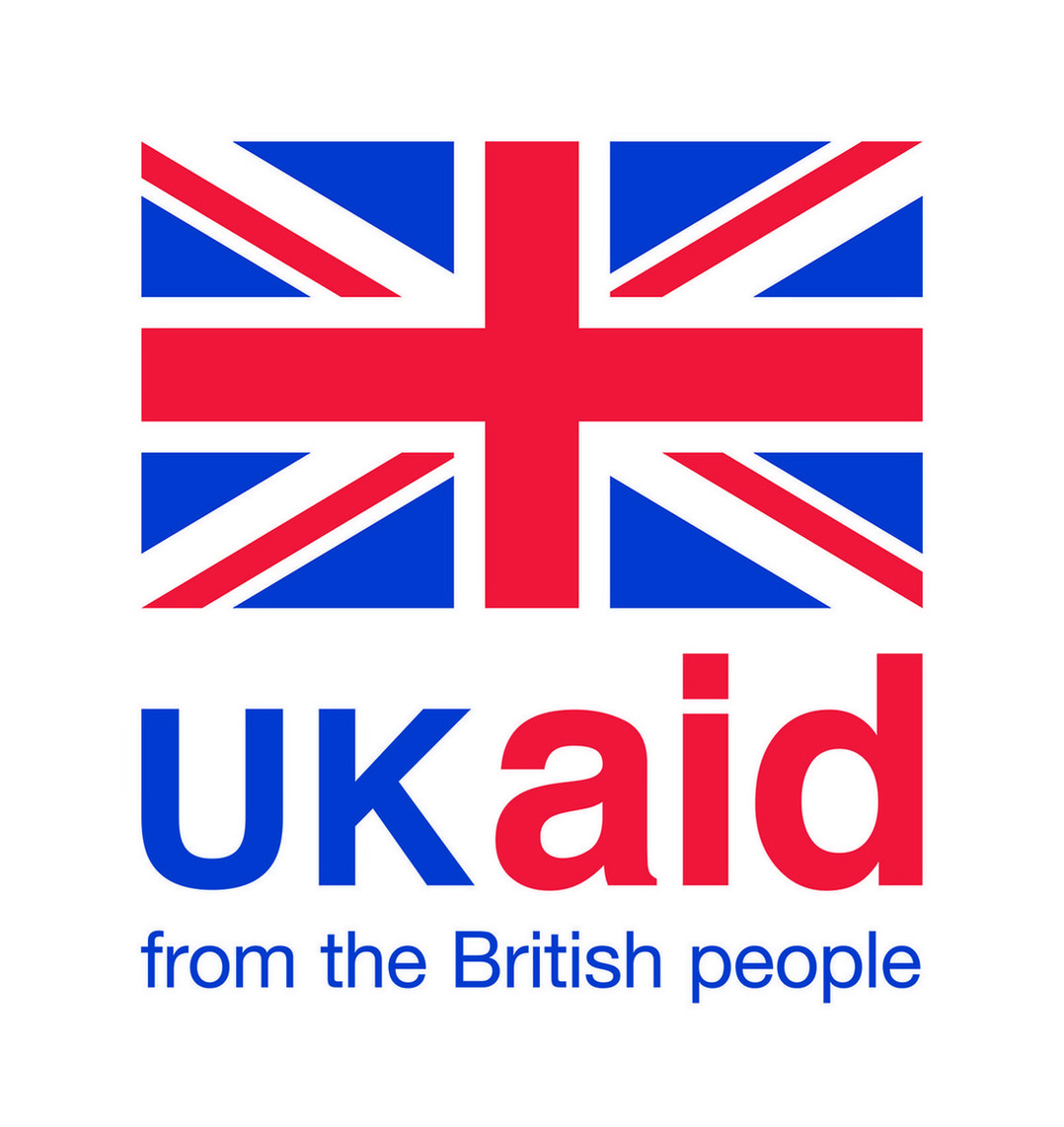Through the mNutrition initiative, we had the opportunity to work with an amazing group of mHealth service providers. While all these mHealth services were launched by incredibly dedicated groups, we found that few teams have extensive experience in developing large-scale digital products. As a result, not all services live up to their initial ambition. Most companies in Silicon Valley developing digital products follow similar product development processes. These methodologies are proven to build stable products that are successful in the marketplace. In this blog post, we explore the fundamentals of these methodologies, including team composition, iterative development and discuss how mHealth services can adopt similar processes.
Modern product management requires integrated product teams that make away with traditional separations between management, engineering and marketing. Instead, experts from all these disciplines join to collaborate as one team that is responsible to deliver a product. A typical integrated product team is composed of the following roles:
- Product Manager (PM) is the “CEO of the product”. The PM intimately understands user needs and translates these needs into product strategy and requirements, ensuring that the team builds a product that users want. The PM sets KPIs and is responsible for achieving them.
- Product Marketing Manager (PMM) deeply understands the product and can present its value to the market. The PMM is responsible for the go-to market strategy.
- User experience (UX) researchers and data analysts work closely with the product manager to study user needs as well as product usability and performance.
- Designers develop the user experience and interface based on user insights and product requirements.
- Developers build the product based on the product requirements and the design specifications.
At first, nascent mHealth services might not have the resources to fill all of these positions. A product manager can also write code. A designer can also conduct user research, etc. However, we recommend that team members are assigned roles and responsibilities. The key idea behind this setup is that everyone works together. Each role is equally important, all opinions matter, and everyone knows what everyone else is doing. This team structure enables effective iterative development.
Don Norman, in his seminal book The Design of Everyday Things, describes the iteration process as “the design is tested, problem areas are discovered and modified, and then the product is continually retested and remodified. If changes make matters worse, well, it just gets changed in the next go-around. Eventually the bad features are modified into good ones, while the goods ones are kept.”
When applied to the different team roles, the process looks something like this:
Typically, the cycle repeats itself every two weeks. Each cycle focuses on small and controlled changes to the product.
There are many different frameworks, such as SCRUM, that formalize the implementation of these processes. In our experience, these frameworks can be somewhat overbearing for many mHealth services. Instead, we recommend adopting individual pieces of these frameworks. In particular, we have found the following tools to be useful:
- Daily stand-up meeting: Every morning, the entire team meets for 15 minutes and each team member shares what they are working on that day. A focus should be on specific challenges that people are facing that day, and how the team can work together to overcome these challenges. As the name suggests, these meetings are commonly conducted standing. Learn more: https://martinfowler.com/articles/itsNotJustStandingUp.html
- Product Backlog: A list of all items that the team has to work on, including features, bugs, etc. Each item is given a priority, degree of difficulty, release date and is assigned to a team member. The product manager constantly updates the backlog, giving full visibility into the roadmap ahead. Learn more: https://www.atlassian.com/agile/scrum/backlogs
- Kanban Board: A tool that visualizes what the team is working on. Each task sits in one of three columns that show the task’s status – to do, work in progress and completed. This simple tool allows to effectively manage tasks across the entire team and diagnose impediments. Learn more: https://medium.com/project-management-learnings/why-do-you-need-a-kanban-board-63db13c685f8
- Define a meaningful end-goal: Building digital products is a complex endeavor and getting sidetracked can be easy. In order to stay focused, it is important that the entire team believes in the same end-goal and works towards it. Learn more: https://blackboxofpm.com/the-first-principles-of-product-management-ea0e2f2a018c
This blog posts provides a very high-level summary of the modern product management process. A wealth of online resources and books are available for mHealth service providers who are seeking effective product management processes:
- Popular online learning platforms such as Udemy or Coursera offer several classes on product management. We have found Udemy’s “Product Management: Career Preparation for Success” by Felix Thea to be particularly applicable.
- Julie Zhou, Product Design VP at Facebook, regularly shares great hands-on advice on her Medium channel: https://medium.com/@joulee
- Marty Cagan’s book Inspired shows how to assemble and lead integrated product teams that build highly successful products, illustrated with many real-life examples.
A follow-up to the post will deep-dive into software testing and quality assurance for mHealth services, with an emphasis on methodologies that organizations with limited resources can easily adopt.
Want to find out more about implementation strategies for scalable and impactful mHealth services?
This project was funded with UK aid from the British people.


